
Write what you are looking for and press enter to begin your search!

Live News
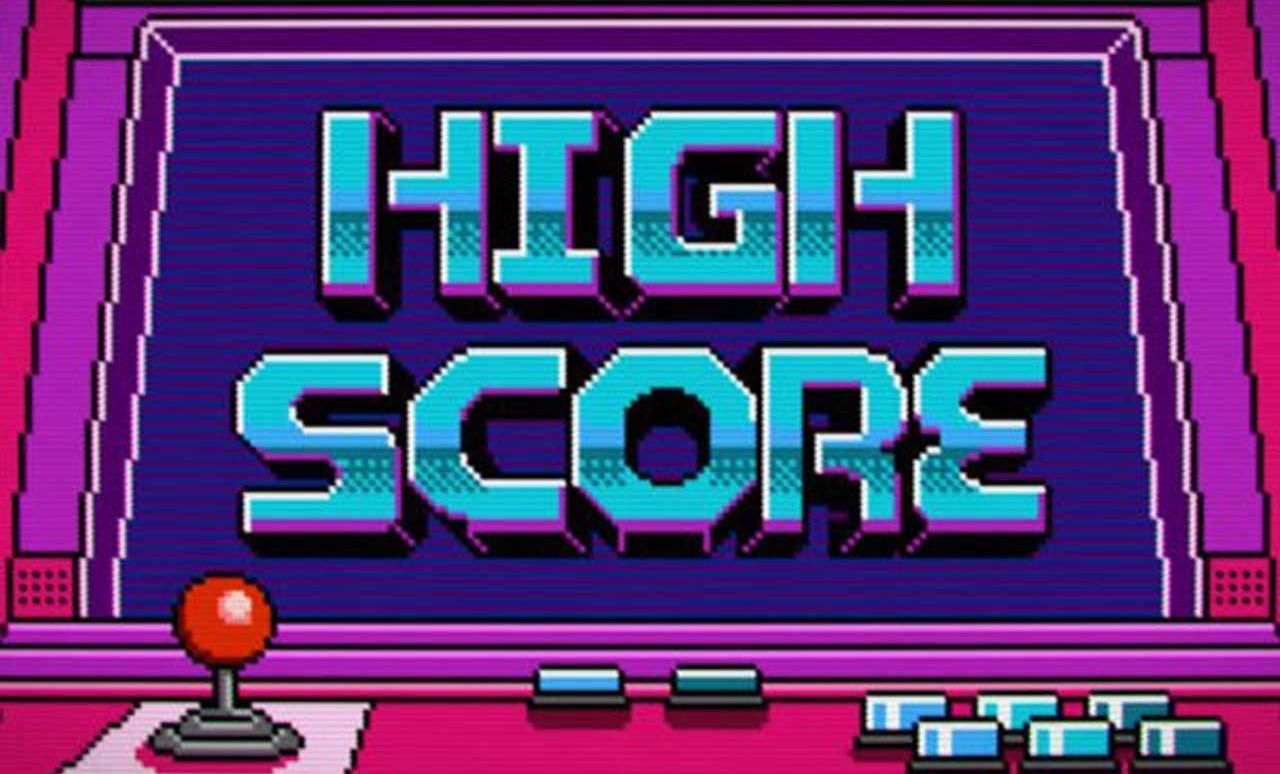

Loved Netflix’s High Score? Then Watch These Video Retrospectives On Classic Video Games
High Score talks broadly about old video games, and it’s a well-created documentary that showcases the best parts of video game culture and how it formed. It’s the best kind of show that helps introduce your pals and loved ones about gaming history without talking down to them.
Having said that, many folks who finish watching this show would probably want to know more beyond the 6 episodes. In a way, it’s far better to go down the rabbit hole if the end features a ton of knowledge and anecdotes that highlight the good and bad of this eclectic industry.
To be fair, it’s incredibly tough to cram in all the drama and all the “making of” stories in just 6+ hours worth of Netflix programming while being a cohesive documentary that doesn’t tangent off to different story paths. Which is why we’re doing this feature: to tell you about the supplementary gaming history material you should watch to up your video game history knowledge.
The best part? All these videos are free and on YouTube!
If you liked the console wars episode of High Score, you’ll love the retrospectives of the Megadrive/Genesis games. These vids detail how the most iconic titles of the system were made.
On episode 4 of High Score, the show talked about Sonic The Hedgehog and its artist and level designer Naoto Ohshima and Hirokazu Yasuhara. For some reason, the episode did not bring up its programmer Yuji Naka, who was responsible for making sure the parallax scrolling and idea worked within the limitations of the Sega Megadrive/Genesis.
It’s quite a disservice to the man responsible for making the idea of a fast 2D platformer practical, but luckily there are a handful of videos that highlight his importance alongside Ohshima’s design and Yasuhara’s ingenuity.
Check them out below:
High Score’s third episode was about RPGs and touched upon the contributions of Richard Garriott and Yoshitaka Amano for the Ultima and Final Fantasy series. What they should have added at least is the other titles that cropped up in-between Ultima and Final Fantasy which actually inspired the latter to happen.
We are referring to the Wizardry, Dragon Quest, and Dragon Slayer/Ys series, RPG titles that were inspired by Garriott’s work but were instrumental in laying the foundations of Japan’s console and PC RPG scene.
Oh, and while we’re on Final Fantasy…
We’re not sure why High Score did not bring up Hironobu Sakaguchi when talking about Final Fantasy. Without his direction and vision, Amano-san wouldn’t even have his illustrious art of the game in the first place.
Hell, they should have mentioned Kazuko Shibuya (and others) who had to cram all of Amano’s work into the game and its limited space. So here’s a lovely retrospective on Sakaguchi & co.’s series that saved Squaresoft from bankruptcy, made by the folks at Gametrailers (who eventually became Easy Allies).
The best kind of recap on the history of esports? It’s from a guy who’s been there in the StarCraft: Brood Wars days – Sean “Day9TV” Plott. Say what you will about his PC Game Show hosting techniques; he knows how to sum up the inception of the competitive gaming late 90s boom (via Korea’s Hanbitsoft & friends) in just under 6 minutes.
Of course, if you want to go all the way back to the 80s, this The Score video works too.
And when you’re done, you can follow it up to how Dota 2 got super-big. It’s clearly the game series that’s been around since the 2000s when WarCraft III came out.
Former Kinda Funny content creator Colin Moriarty runs his own gaming channel featuring a lot of PlayStation game-related podcasts.
In-between this direction, he did touch upon the history of Konami in a brief-but-orderly fashion and how it ended up veering more towards profitability and pachinkos in the end. Good stuff.
The number one reason why video game console makers and first-party publishers fail is due to hubris. Sony’s PlayStation brand is no exception, and this video showcases that their rise in the gaming industry with the PS1, PS2, and PS4 were not without its missteps. Ironic, considering the PS1 and PS2 succeeded due in part to Nintendo and Sega’s past missteps.
Former Super Best Friends Matthew Kowalewski (Matt Mcmuscles) loves talking about video game history, but focuses more on failures than successes. Because in order to be better, you need to fail first, we think?
Anyway, his work on dissecting the Dreamcast’s demise, Demon’s Souls and how it started a soul-killing RPG subgenre, Daikatana, and Duke Nukem Forever, a title that languished in development hell until its release, are noteworthy for chronicling the worst aspects of game-creation that still happens up to this day, unfortunately.
At least they’re funny to watch, especially if you’re into Matthew’s style humour and delivery.
Matt Mcmuscles also talks about one of the possible reasons why Square Enix does not want Sakaguchi’s name mentioned alongside Final Fantasy too many times.
Yes, we’re plugging our own content too because it’s our site. We’re shameless like that, but we swear that it’s relevant to classic gaming, at least in the music sense.
If you want to hear the more aural history of video game music and some of its more influential composers, do check out our vids on folks like Nobuo Uematsu, Yasunori Mitsuda, Michiru Yamane, and Yoko Shimomura. This show chronologically lists the best tracks from each composer and the time they made it and also details a bit on how their styles work.
Hope you love these retrospectives! If you feel like we’ve missed a few, let us know and we’ll add them in.Â
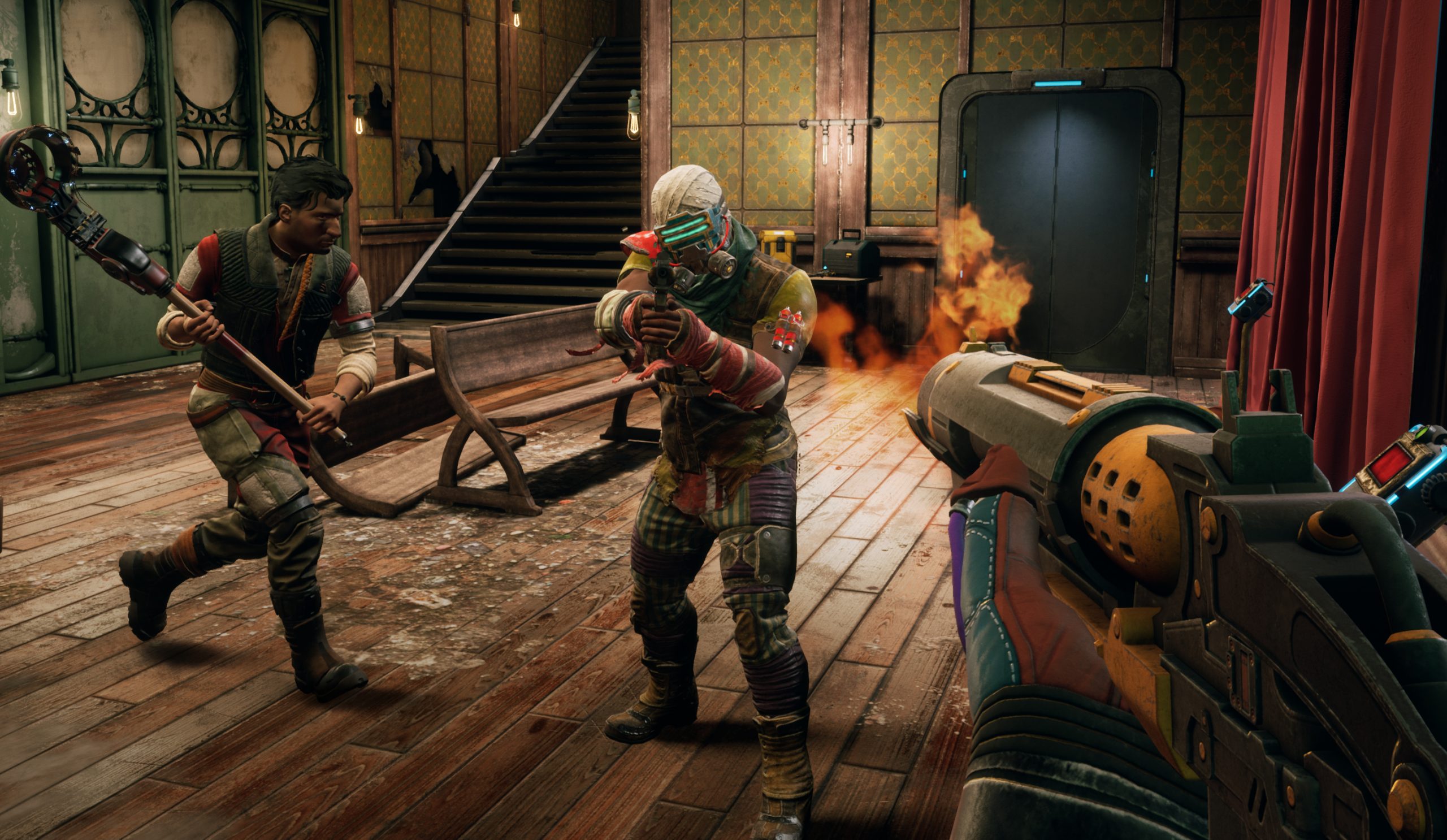
By Team KKP|October 19, 2019
You know you're onto something special when your game's launch trailer is questioning your "silent" protagonist's allegiance. That's basically The Out...
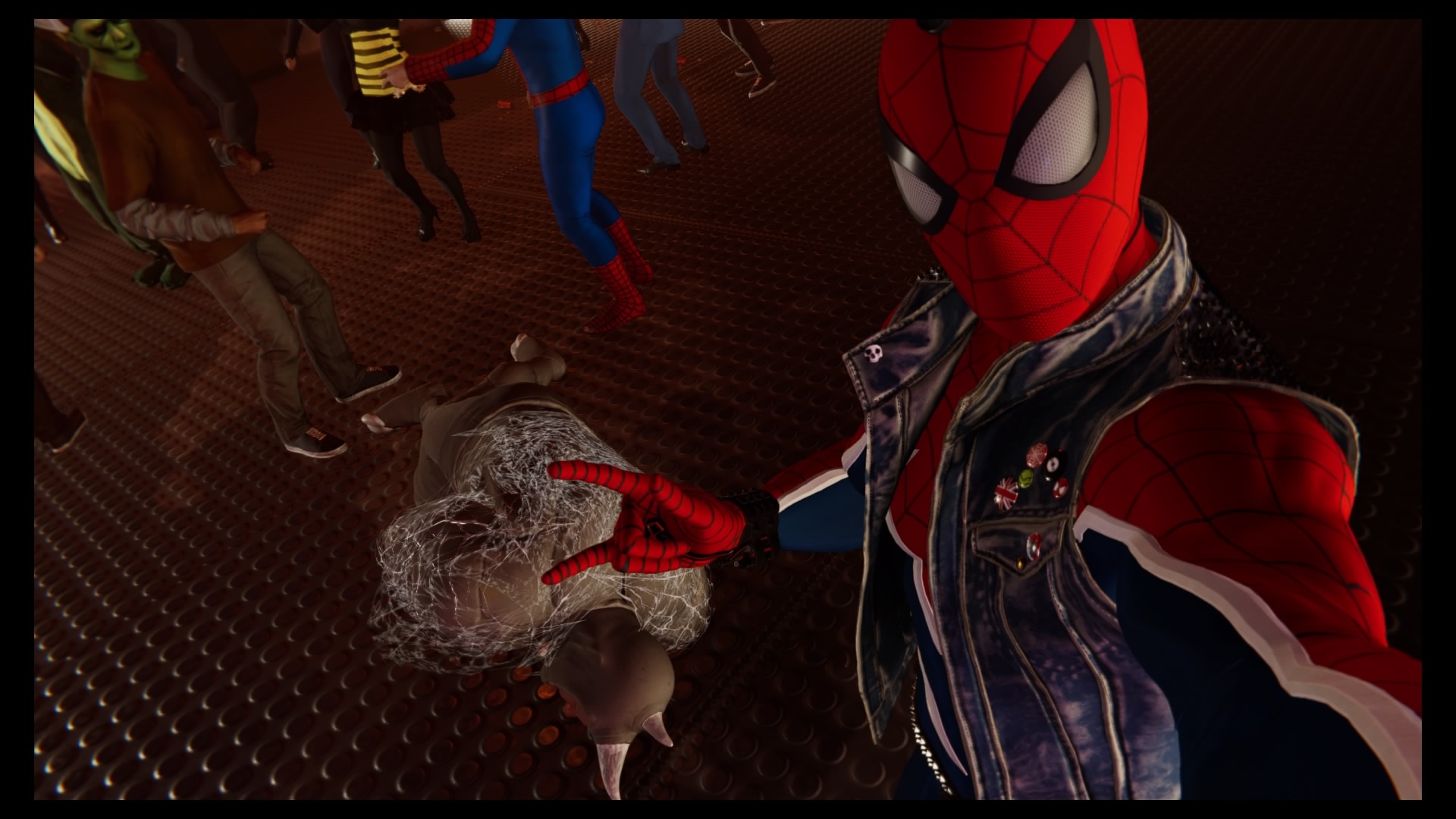
By Mr Toffee|September 10, 2018
Thanks to Sony and Insomniac Games' genius move of adding in Photo Mode to their magnum opus Spider-Man open world game, no doubt we'll be seeing a lo...
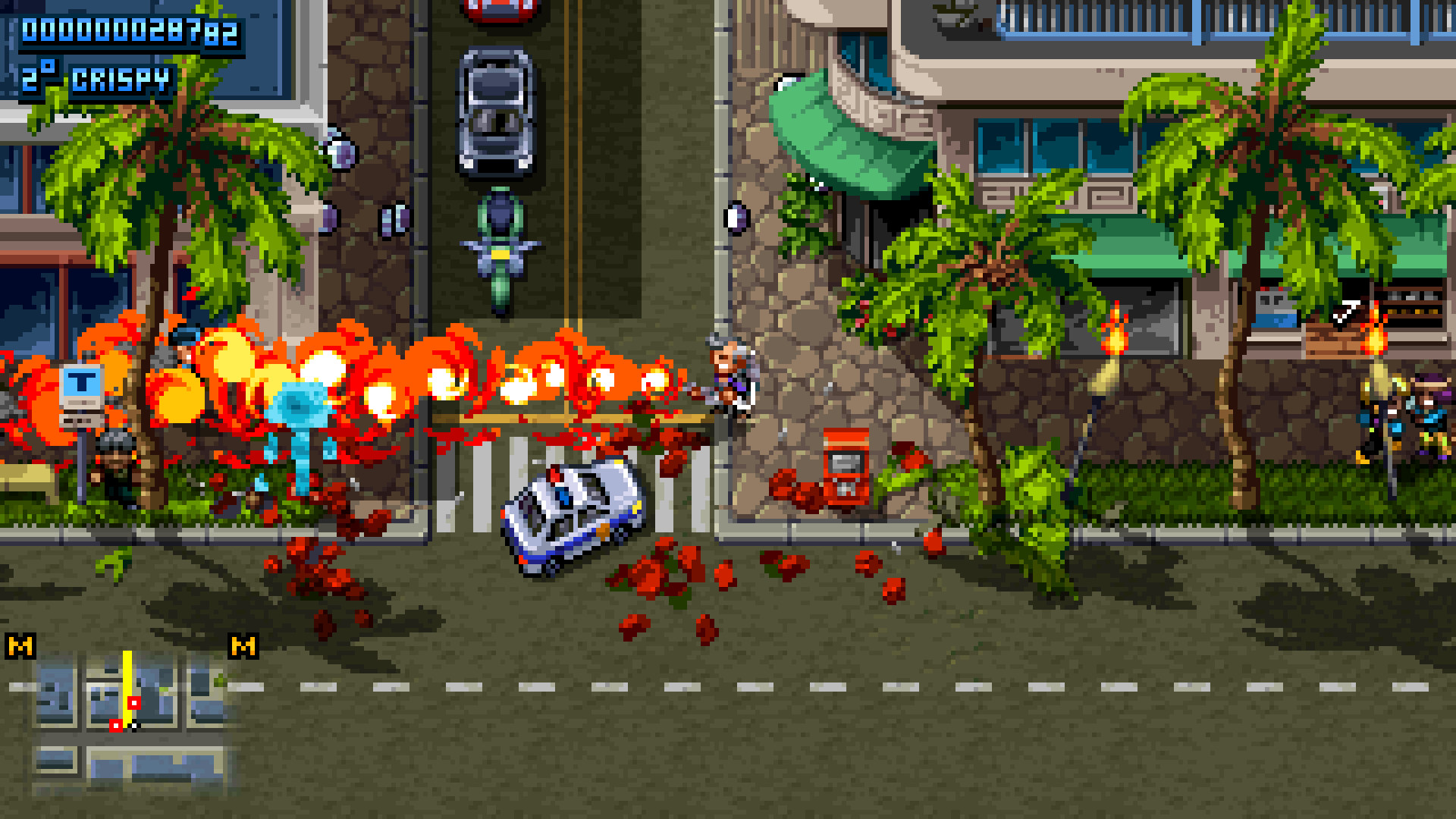
By Mr Toffee|May 22, 2019
Platform(s): PC, PS4, Nintendo Switch Genre: Top-Down Action Throwback With "Business Management" Shakedown: Hawaii is an open-world top-down action ...

By Mr Toffee|February 2, 2024

By Team KKP|July 1, 2023
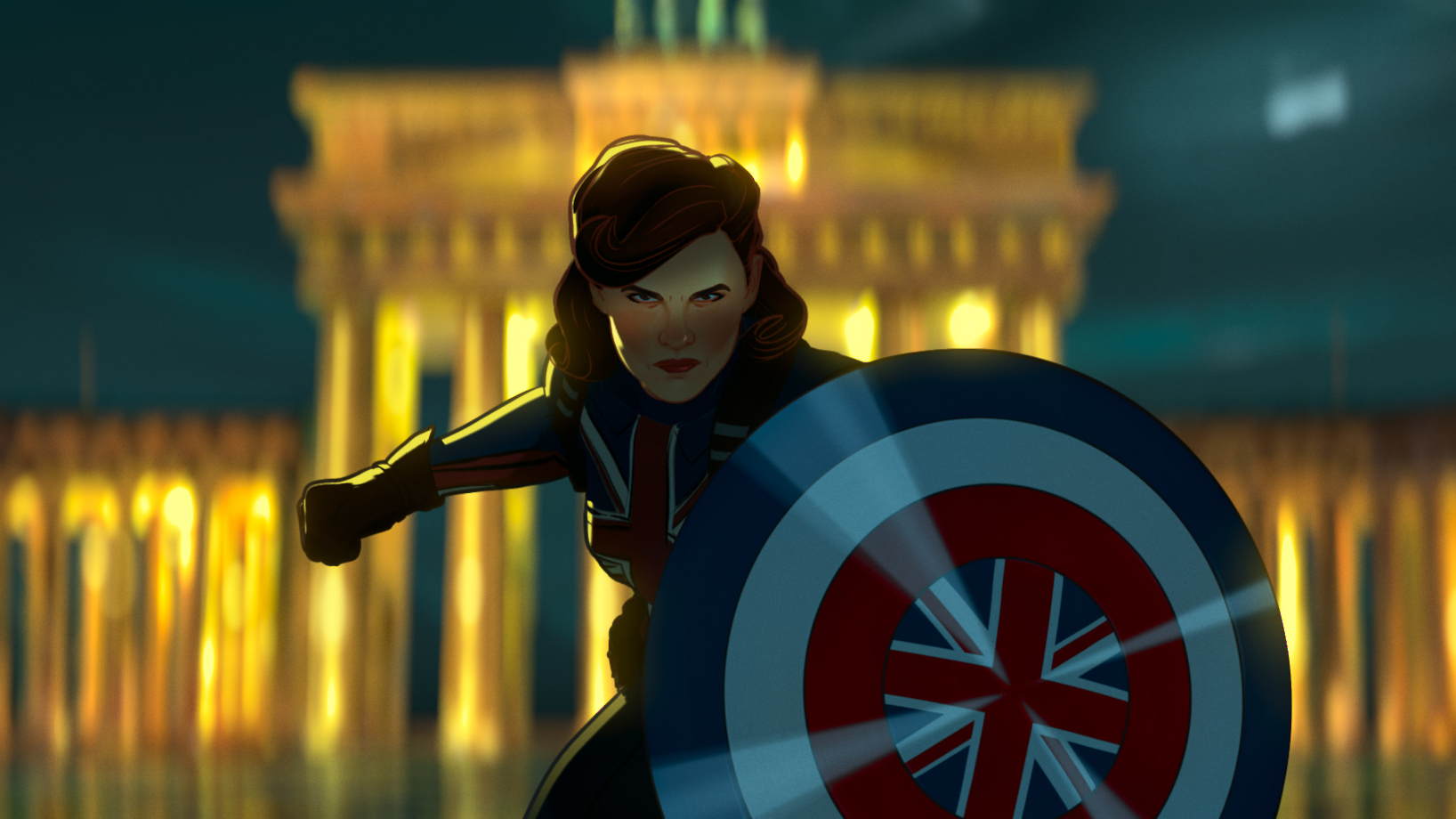
By Alleef Ashaari|August 2, 2021
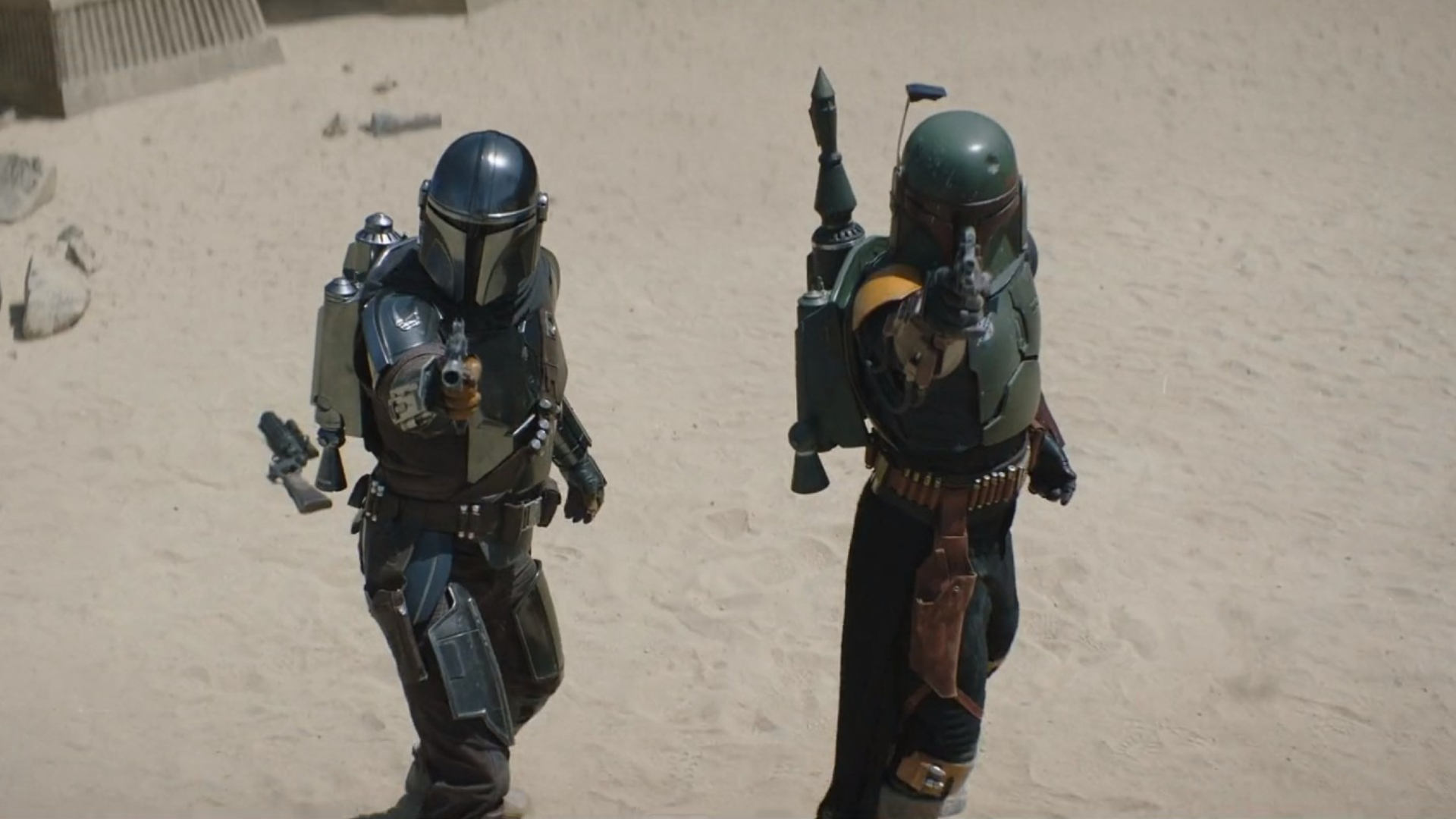
By Alleef Ashaari|February 9, 2022

By Mr Toffee|February 2, 2024

By Team KKP|July 1, 2023

By Mr Toffee|February 2, 2024

By Team KKP|July 1, 2023
Copyright @ Kakuchopurei 2024